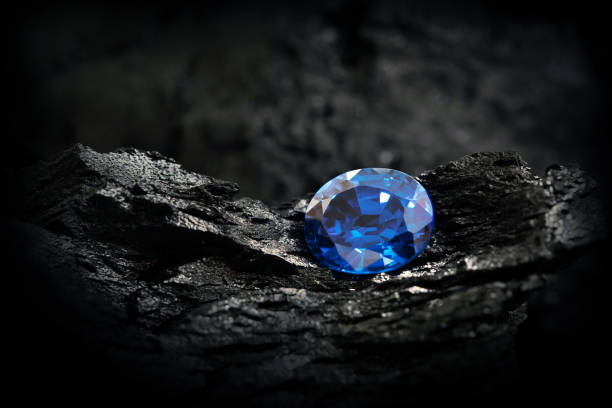Why You Need to Familiarize Yourself with a Diamond Color Chart All Entries

When talking about diamonds and color, people are usually talking about one of two things. Either they are talking about deliberate, desireable color, or they are referring to undesireable colors and tinting that actually lowers the value of the diamond. In nature, diamonds can actually contain a variety of colors: grey, orange, pink, purple, green, and even black. However, only strong, rare hues increase the value of a diamond. Most of the time, a diamond is more valuable if it is utterly free from color.
Today, we will be talking about the different color grades of diamonds, and how it affects the value of your stone.
The International Color Scale
As one of the four "C"s of diamond value, color has significant bearing on how much a diamond is worth. The International Color Scale is used around the world to grade diamonds. The highest rating diamond you can get would be a D, which is a completely colorless diamond.
Once you start going further down the line to K-Z you will find a diamond that has less clarity and has a more "foggy" look to it. These colors can include yellow, grey, and sometimes even a greenish hue.
Most stores will not even bother selling K-Z diamonds. Instead, you will find options graded D-F (colorless) and the second-best diamond grade G-J, which is near-colorless.
The Diamond Color Chart
Below, we're breaking down the most common grades seen in diamond stores, and how to recognize them.
- D - D is the absolute best of the best. This is a colorless diamond that has an almost icy white look to it. These diamonds are also the most expensive.
- E - These are colorless diamonds. The naked eye might not be able to see any color or inclusions in the diamond, but a professional would be able to see it with proper technology.
- F - These diamonds are near colorless. Again, it might be difficult for a regular person to see the color that the diamond has, but a gemologist would easily be able to see an F versus a D.
- G - When you compare a G to a D, you can definitely notice a difference in grade and quality. However, Gs offer the best value for people on a budget.
- H - Near colorless diamonds, a step down from a G, but still worth the value for people on a budget.
- I - Now we're starting to get to the bottom of the grading system. While these are considered near colorless, you will be able to see a slight color in the diamond with your naked eye.
- J - The Js are very similar to the I's. Although they are available for relatively cheap, more color can be detected.
What This Means For You
If you're a buyer, the diamond color chart is important because it lets you know what type of diamond you're buying and essentially what to expect from the price.
If you're a seller, the diamond color chart should help you to understand the value of your own item. Even if you have a diamond ring that's rich in sentimental value, if the grade of the diamond is lower than an F, it may not have the resell value that you had hoped.
If you want to sell diamonds or would like an evaluation on how much your diamonds are worth, contact Ralph Mueller and Associates for more information.